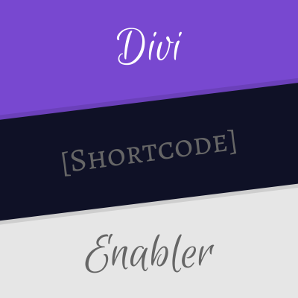When developing websites with Divi, setting up a customized homepage as a standard across multiple projects can optimize your workflow significantly. By utilizing a child theme with a pre-configured homepage, you can ensure a consistent and professional starting point for every new Divi site. Here’s a step-by-step guide on how to use the Divi Builder to create a custom homepage and set it as the default when activating your child theme.
Step 1: Create and Retrieve Your Custom Divi Homepage Layout
Craft your homepage layout in a new page using the Divi Builder. Once you're satisfied with the design, you can capture the layout's shortcode for later use by utilizing WordPress's revisions feature.
- While in the Divi Builder, save your layout.
- Click the "Edit Post" link in the admin bar at the top to open your page in the backend editor
- Now click on the 'Revisions' link under the 'Publish' section on the right of the editor.
- In the 'Revisions' screen, navigate to the latest revision.
- Retrieve the Divi Builder shortcode, which represents your layout from this revision.
Step 2: Set Up the Homepage Insertion in Your Child Theme
Add the following snippet to your child theme's functions.php file, ensuring you replace the $content variable's value your actual layout's shortcode: This way, when the child theme is activated, it will automatically create a new page with your custom design and set it as the homepage.
if (get_option('custom_homepage_inserted') != 'yes') {
$content = '[et_pb_section][et_pb_row][et_pb_text]My custom page[/et_pb_text][/et_pb_row][/et_pb_section]';
$args = array(
'post_type' => 'page',
'post_content' => $content,
'post_title' => 'Home',
'post_status' => 'publish',
'meta_input' => array(
'_et_pb_use_builder' => 'on' // Enable Divi Builder on page
)
);
// Insert the post
$post_id = wp_insert_post($args);
// Check if the post was successfully inserted
if (!is_wp_error($post_id) && $post_id != 0) {
// Set page as homepage
update_option('page_on_front', $post_id);
update_option('show_on_front', 'page');
// Set the flag to indicate the code has run
update_option('custom_homepage_inserted', 'yes');
}
}Related Post: Adding PHP to the Divi Theme
Step 3: Activate Your Child Theme
Once the above snippet is in place, proceed to activate your child theme on your Divi website. The code will run a check for the homepage. If it isn’t already present, it’ll automatically create it with your custom layout and prompt you to edit it in the Visual Builder.
This streamlined approach ensures that each new Divi site can start with the same uniform, beautiful homepage, tailored by you, and ready for immediate customization.



0 Comments